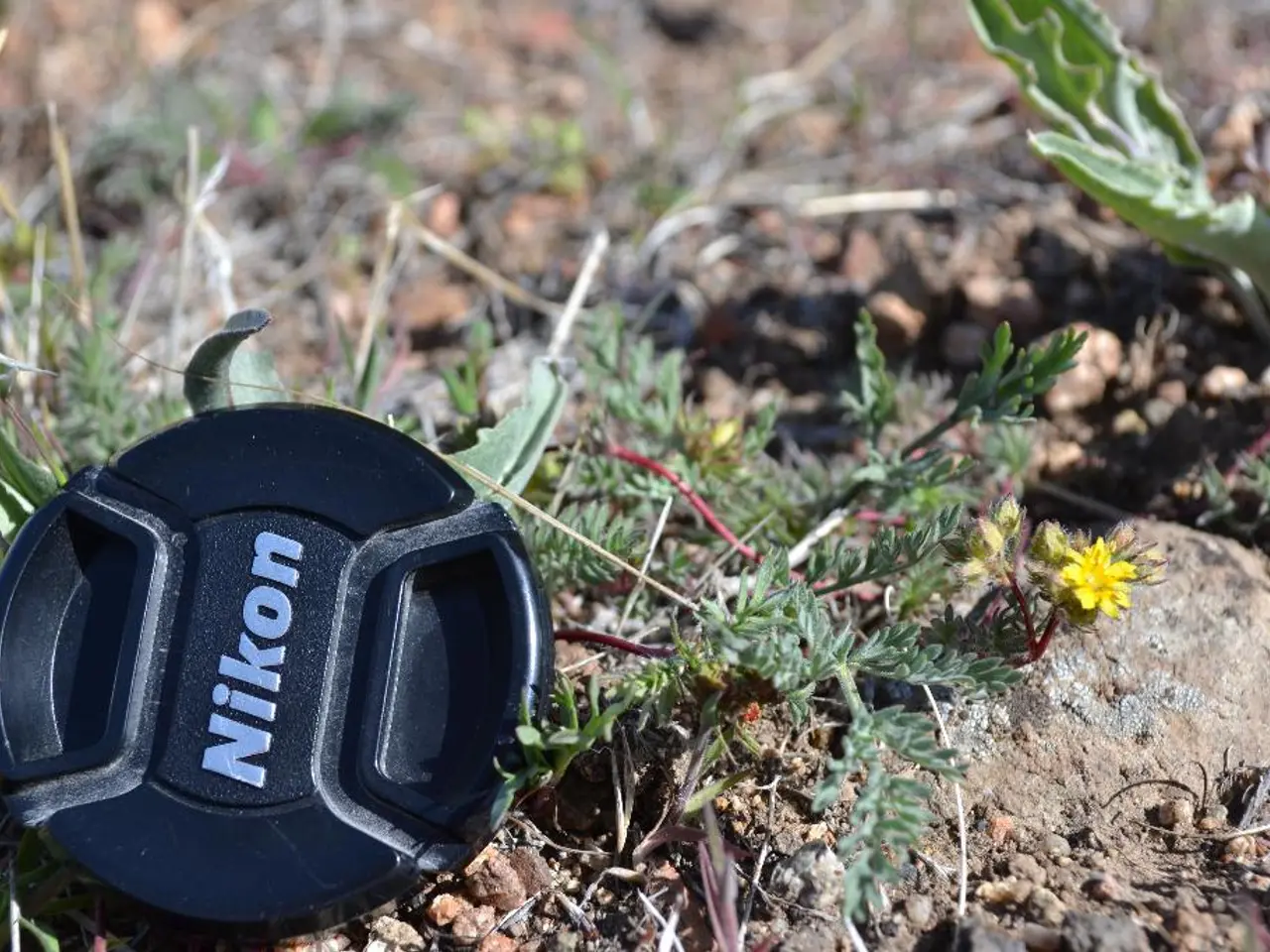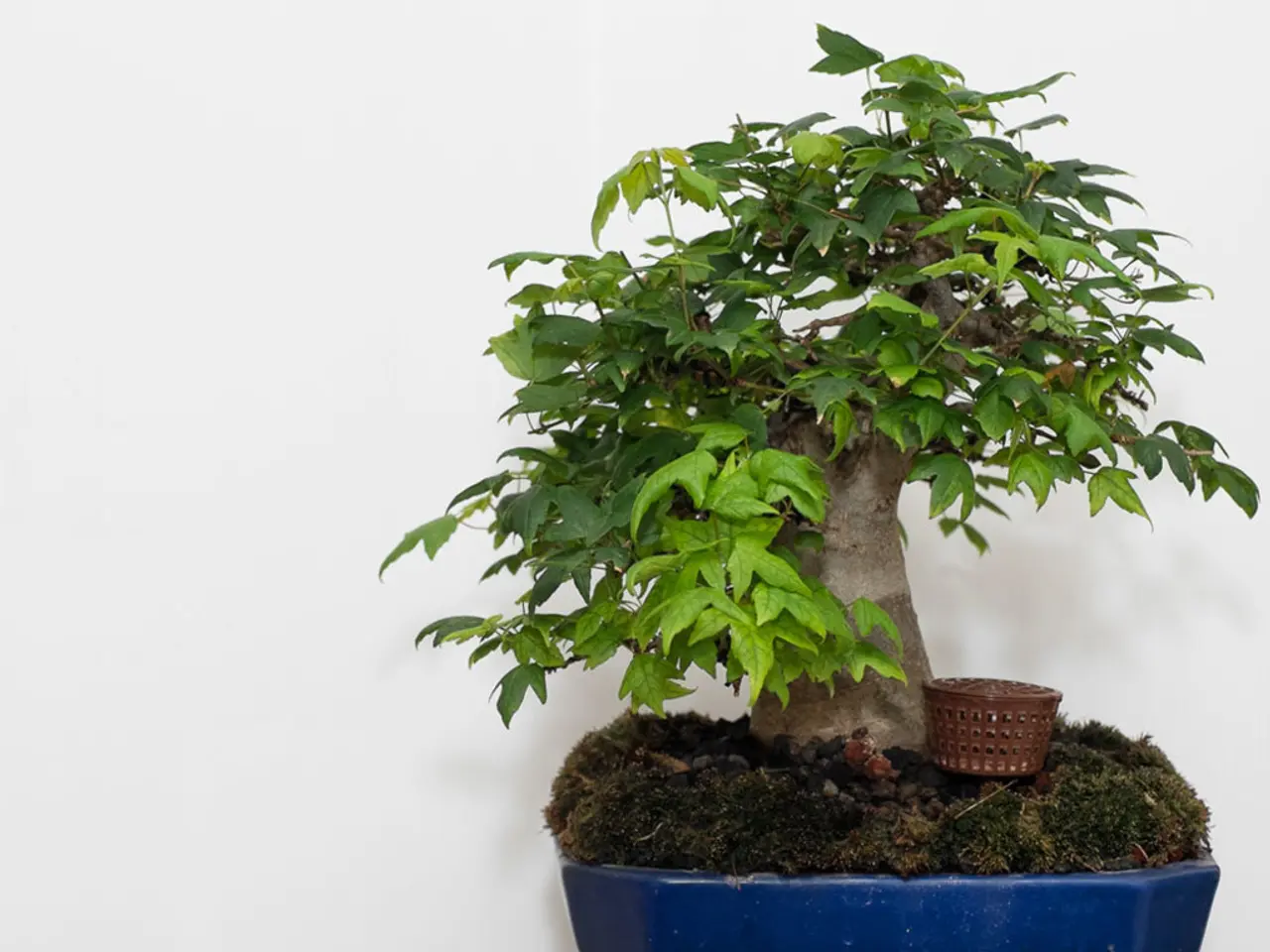Is it Still Possible to Sow Seeds on Your Lawn During the Summer Season?
Summer lawn seeding can be a rewarding endeavour for homeowners looking to enhance their outdoor spaces. By choosing the right grass types, employing effective watering strategies, and maintaining proper lawn care practices, you can ensure a lush, vibrant summer lawn.
**Choosing the Right Grass Types**
For summer seeding, warm-season grasses are the best choice. These include Bermudagrass, Bahiagrass, Zoysiagrass, Centipedegrass, and St. Augustine grass. These grasses germinate well in heat and are ideal for hotter climates. Cool-season grasses, such as Kentucky bluegrass and tall fescue, perform poorly in summer heat and are better suited for cooler seasons.
**Effective Watering Strategies**
During germination, it's crucial to keep the soil consistently moist. This can be achieved by watering lightly multiple times a day, maintaining moisture in the top ½ to 1 inch of soil. To reduce evaporation and disease risk, water early in the morning between 5 a.m. and 9 a.m. Once seedlings grow a few inches, reduce watering frequency but water more deeply to encourage deep root growth.
**Maintenance Techniques**
Soil health is foundational for summer lawn seeding success. Test soil pH and nutrient levels, and adjust as necessary. Most grasses prefer a pH between 6.0 and 7.0. Mowing should be done carefully, waiting until new grass reaches about 3 inches before the first mow, and removing only one-third of the blade height per mow. Limit foot traffic on the lawn during seedling establishment to prevent damage. Regularly monitor for weeds and pest issues, treating them promptly to avoid competition or damage to young grass.
In summary, for successful summer lawn seeding, select warm-season grasses like Bermudagrass or Bahiagrass, use consistent early morning watering to keep soil moist without overwatering, and maintain soil health with proper pH and nutrients. Careful mowing and minimizing lawn stress during establishment will help ensure a successful, lush summer lawn.
Leaving clippings on the lawn returns valuable nutrients to the soil and provides some shade for establishing grass. Using a thin layer of straw mulch or specialized seed germination blankets can help retain soil moisture and protect seeds during summer seeding. Timing, watering strategies, and seed selection become crucial factors in summer seeding success.
Early summer (late May to mid-June) offers a small window for seeding when soil temperatures have warmed but the most intense heat has yet to arrive. Adding organic matter improves soil structure and water retention during hot weather. Consistent watering is essential for new grass seed germination during hot, dry weather. Proper fertilization supports the rapid establishment of summer-seeded lawns, with a higher phosphorus content fertilizer promoting root development.
Establishing new grass during the summer months requires special consideration and preparation. Dull mower blades tear grass, creating stress and potential entry points for disease, particularly during summer heat. Consider using a patch repair product that combines seed, fertilizer, and mulch for convenience. Cool-season grasses like tall fescue offer the best compromise for summer seeding in northern regions. Focus on mechanical weed control by hand-pulling larger weeds before they set seed. Warm-season grasses like Bermuda, Zoysia, and Centipede are ideal choices for summer seeding in southern regions. Newly established summer grass needs proper mowing practices for density and resilience. Summer lawn care presents unique challenges for homeowners looking to seed their yards.
A gardening lifestyle that includes home-and-garden maintenance can lead to a beautiful summer lawn. For instance, choosing warm-season grasses like Bermudagrass or Bahiagrass for summer seeding can ensure a lush, vibrant lawn. Furthermore, implementing effective watering strategies, such as watering lightly multiple times a day during germination and reducing watering frequency but watering more deeply once seedlings grow, can promote deep root growth and support summer lawn care.




